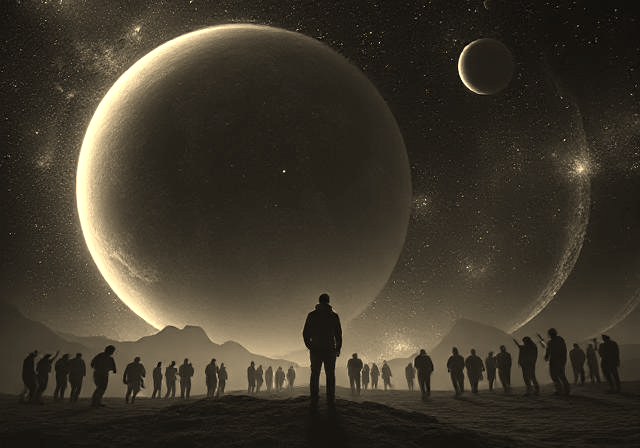Watch
Read
What if space isn’t just where things happen—but how they happen? What if space is the story beneath the stories?
When I talk about my Space as Metaphor framework, I am not speaking in abstract theory. I am talking about the real landscapes of our lives—internal, relational, and ecological—and the ways we carry those landscapes in our bodies, choices, and beliefs and assumptions.
Developed by Dr. Nicole Miller, PhD, Unstorying™ is a practice designed to help people explore these landscapes. It is not about replacing one narrative with a better one. It is about gently loosening the grip of stories we did not even know we were living inside so we can discover new spaces both within and around ourselves.
What kinds of stories is she talking about? These are the stories beneath the day-to-day circumstances of our lives—the quiet, persistent narratives that shape how we interpret our experiences and what meaning we make from them. They often emerge as “I feel” stories.
“I feel neglected.”
“I feel unheard.”
“I feel like I am not enough.”
Deeper Patterns
When something happens in our lives, we naturally develop feelings in response. However, those feelings are not just about this moment. The moment could be a trigger, awakening a deeper emotional pattern—and behind that pattern is a story.
From a depth psychology perspective, much of human experience—our thoughts, behaviors, emotions, and motivations—is shaped by unconscious processes. These unconscious stories once protected us. They helped us survive. But many of them were formed in the distant past (likely as children)—consequently, they may no longer serve us (now).
According to Carl Jung, we all share universal patterns and symbols that surface in myths, dreams, and personal narratives. Unstorying™ explores these myths, dreams, and personal narratives—not to pathologize them, but to gain insight and space.
A core “I feel” story is not something wrong with us. It’s a doorway.
Taking the Journey
Unstorying™ invites us through that doorway. It is a journey into ourselves—where we learn to sit with our emotions without judgment, without analysis, and without the belief that we need to fix anything.
In simply sitting and observing, we begin to recognize patterns in how we react and behave. This is a liminal space—not one that merely allows for transformation. Rather, space is transformation.
This space is not bound by time or our experience. There is only now—and so the changes we seek begin and end in ourselves right now.
When I suggest space as a metaphor for transformation, I am not saying stories disappear. Instead, I am arguing that an intent to cultivate an awareness of the spaces within and around us will increase the number of choices. Everything becomes a choice—and in this kind of space, each of us can find something larger than narrative.
In space, we find connection to ourselves, to others, and to the Earth. This is the purpose of Unstorying™—not to lose meaning, but to open (ourselves) to the possibility of new meaning(s) found in the spaces we inhabit.
Because space is not a place.
It is experienced.
It is lived.
And every one—and every thing—belongs in space.
About Robert Levey
Spaciology is not abstract theory; rather, it is a practice you can feel.
- Inside: Pause, breathe, notice.
- Outside: Design rooms, rituals, and agendas that slow the spin and invite care.
- Between us: Make dialogue a place where different truths can live together long enough to teach something.
Ultimately, leadership is the art of making space for what’s important (for everyone) and letting that clarity shape the next step. When we change the spaces from which we lead, our strategies change with them.

